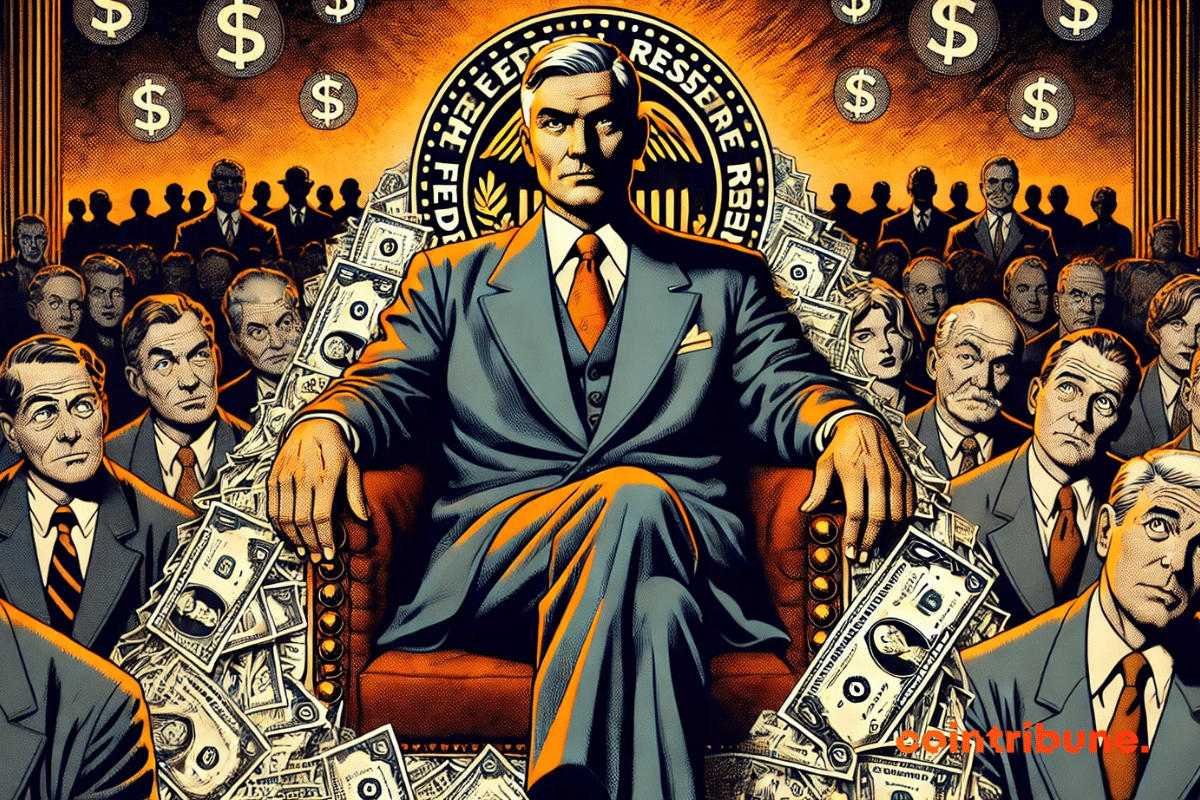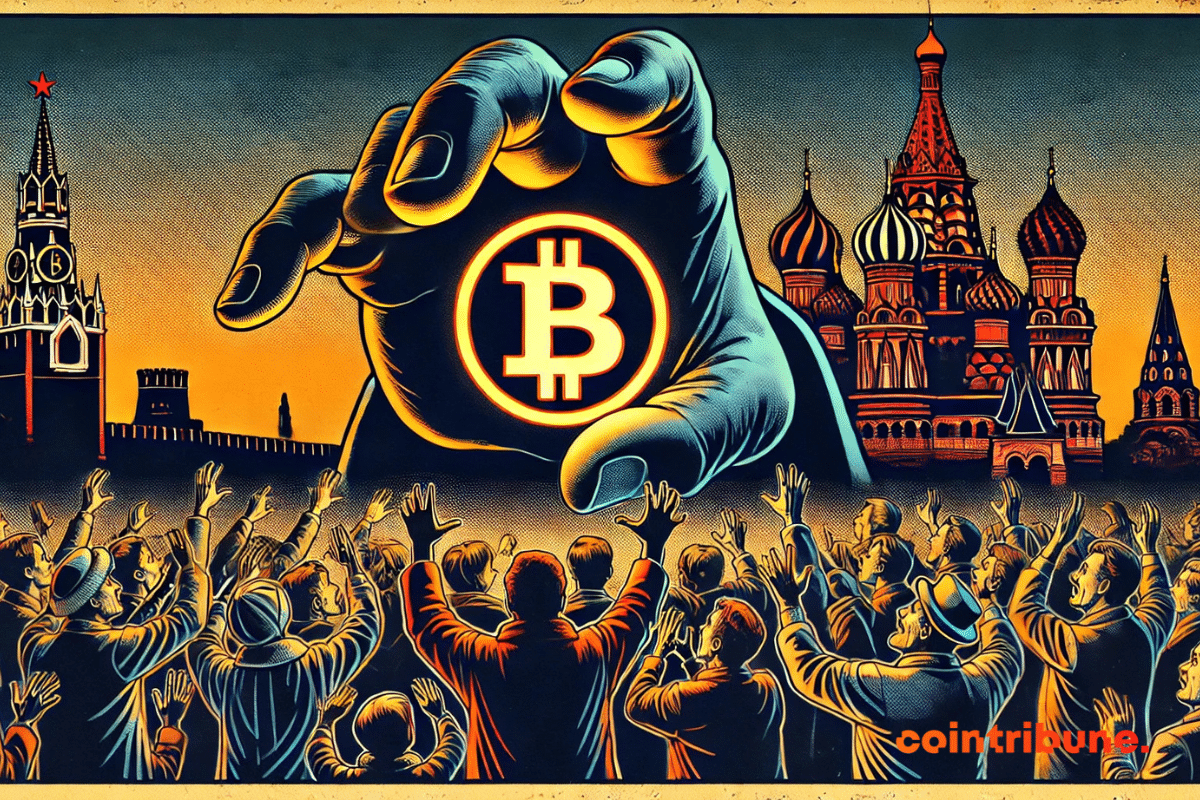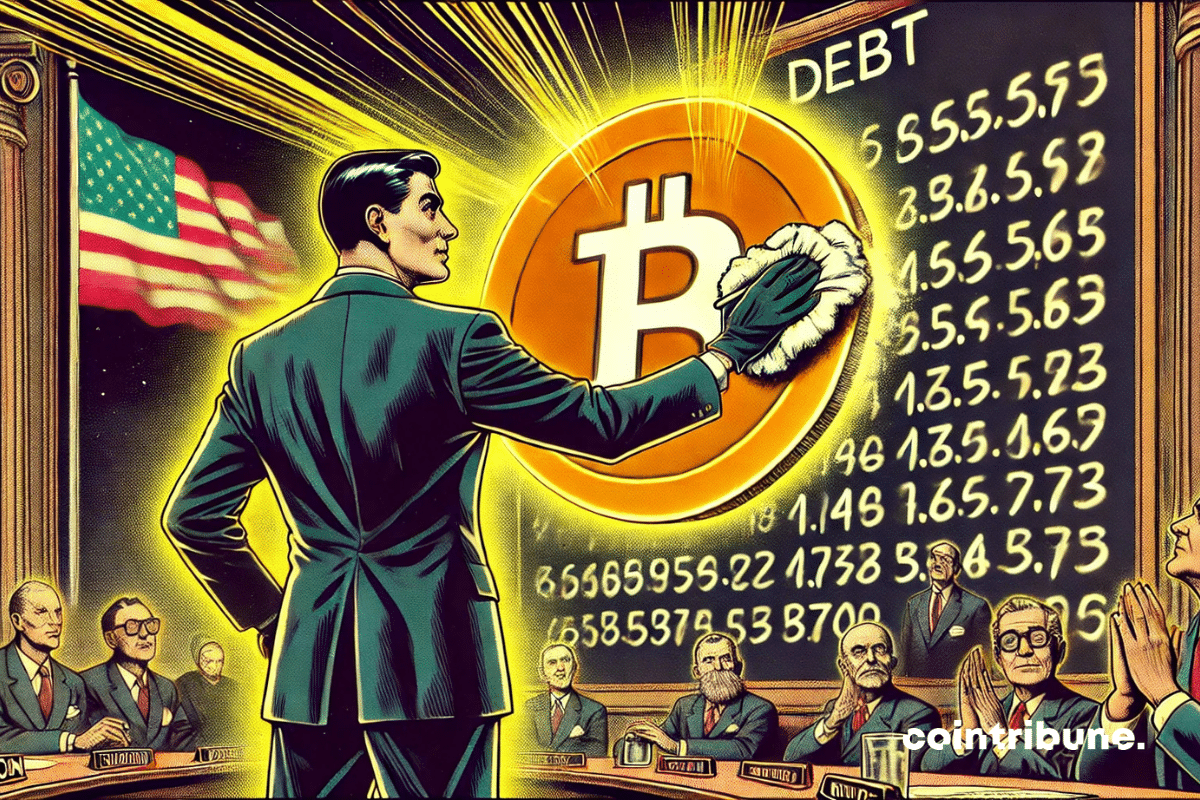Money migrates, silent and methodical. Wall Street, once untouchable, sees its throne wobble under the hurried steps of investors, captivated by a Europe shining with trillions.
Finance News
In his recent intervention, Subrahmanyam Jaishankar sought to dispel any ambiguity about India's position regarding the dollar: "there is no policy on our part aimed at replacing the dollar. At the end of the day, the dollar as a reserve currency is a source of international economic stability."
In the face of economic slowdown and international trade tensions, the Chinese government is deploying an ambitious strategy to boost domestic demand. The State Council has just launched a "special action plan" aimed at revitalizing national consumption, viewed as the new growth engine to achieve the 5% target by 2025.
A Polkadot crypto ETF filed with Nasdaq: 21Shares is betting big! Here is everything you need to know about this initiative.
Powell, the guardian of the threshold, shapes the moment. Frozen rates, blurred hopes. The economy wavers, suspended between the fire of inflation and the ice of slowdown. The markets shiver.
Tensions between Washington and Brussels are taking a disturbing turn. While transatlantic trade represents a colossal market of $9.5 trillion, the new tariffs imposed by Donald Trump risk upsetting an already fragile balance. A trade war between the two economic powers could lead to increased production costs, a drastic drop in trade, and growing instability for businesses.
The president of the Russian central bank ridiculed herself by trying to rein in bitcoin.
Metaplanet, smelling a good deal, is offering 150 BTC at a discounted price. A bargain? A ticking time bomb? The future will decide.
Moscow opens the golden cage: billions of Russian assets finally released, but under conditions. A masterstroke before a call where Trump will play the geopolitical illusionist.
The crypto landscape is staggering. Exchange-traded products (ETPs), those much-admired investment vehicles, are facing an unprecedented hemorrhage. Since mid-February, 1.7 billion dollars have evaporated from crypto funds, according to CoinShares. A sequence of 17 consecutive days of outflows. Behind these brutal figures lie complex dynamics: increased mistrust, chain reactions, and surprising paradoxes.
Amid revolutionary announcements, technological evolutions, and regulatory turbulence, the crypto ecosystem continues to prove that it is both a territory of limitless innovations and a battleground of regulatory and economic challenges. Here is a summary of the most significant news from the past week surrounding Bitcoin, Ethereum, Binance, Solana, and Ripple.
Tesla, once a star of the roads, is now heading towards the abyss: in France, outraged bosses and emptied fleets are signing the commercial death certificate of King Musk.
Buying a property without a significant down payment is an increasingly difficult challenge, especially for first-time buyers. While mortgage rates continue to exceed 3%, and new prices remain high despite the crisis, the government is expanding access conditions for zero-interest loans (PTZ) starting from April 1, 2025. This is a new initiative that pertains to two lesser-known schemes that allow purchasing a home at a lower cost and spreading out the acquisition.
The USA-Ukraine summit was recently held in Riyadh and resulted in more ambitious ceasefire proposals than expected. "The ball is now in Russia's court" has become the American talking point on this issue. Meanwhile, Europe appears to be accelerating its military reassertion in an increasingly tense geopolitical context.
The shadow of an economic storm looms, tinged with bright red and unpredictable pragmatism. The "Trumpcession" – this neologism that sounds like a warning – encapsulates the growing concern over a trade war with unforeseen consequences. Caught between stimulus and restriction, the Fed and the Bank of England are stuck between rates to adjust and a threatening inflation. How to avoid the domino effect? The answer requires more than an economics manual: a tactical boldness.
Trade wars are reshaping the global economy. They impact entire industries and reconfigure strategic balances. Among the companies directly affected, Tesla finds itself on the front line facing the new tariff measures imposed by Donald Trump. Tesla, for which China is the second-largest market after the United States, could pay a heavy price for this economic escalation.
Moscow is stepping up now that Washington has embraced bitcoin. Soon a Russian strategic reserve?
Elon Musk wanted to conquer the stars, but his empire is wobbling on Earth. Tesla is falling, Trump is getting involved, and Wall Street is watching, skeptical, this great balancing act.
In the shadow of the economic restrictions imposed by the West, Moscow is charting a new path for its energy trade. In the face of exclusion from the international financial system, Russia has found an alternative solution: the use of Bitcoin (BTC) and Tether (USDt) to bypass sanctions and ensure the continuity of its oil exports.
In the trade tug-of-war between the United States and the European Union, a new episode has rekindled tensions. Indeed, Donald Trump, true to his protectionist approach, is once again wielding the threat of massive tariffs, this time on European wines and champagnes. The announcement of a 200% tax on these products follows Brussels' decision to increase tariffs on American whiskey to 50%.
The United States is preparing to accumulate millions of bitcoins. Goal: to lighten the burden of debt.
The European financial landscape has just undergone a major turning point with the European Central Bank's (ECB) decision to lower its key interest rates by 0.25 percentage points. This measure does not go unnoticed in a context where access to mortgage credit remains a key issue for households and investors. This decrease could stimulate demand and reshape market dynamics, but observers remain divided on its actual impact.
Alephium, the innovative blockchain project focused on scalability and security, continues its expansion in terms of adoption and compatibility. Users can now securely store and manage their ALPH tokens thanks to the support of Tangem Wallet, a hardware wallet known for its simplicity and unique approach to managing digital assets.
The tax regimes for cryptocurrencies in France and Switzerland present significant differences. While Switzerland is known for its favorable tax conditions for private investors, France imposes a stricter taxation with a flat tax of 30% on capital gains realized. Here is a detailed comparison of the tax obligations in these two countries.
The EU defends its economy against new American sanctions. We provide all the details in this article.
The global economic order is trembling under the impact of protectionist decisions from the United States. While the BRICS aim to reduce their dependence on the dollar, a major upheaval could be on the horizon. The resurgence of American tariffs could fuel a rise in the greenback, threatening to weaken emerging economies and hinder their efforts for dollarization. This potential rise of the dollar, far from being trivial, could mark a turning point for global monetary balance.
As the United States embraces bitcoin, Europe bogs down by continuing to promote the dystopia of the digital euro.
Crypto: Banking giant BBVA gets the green light to offer Bitcoin and Ether. Find out the details in this article!
The landscape of decentralized finance (DeFi) resembles a battlefield. In just a few months, $45 billion has evaporated, sweeping away the hopes sparked by Donald Trump's election in 2024. Amidst dashed hopes, technical errors, and secret accumulation strategies, Crypto is weathering a storm. How did we get here? A deep dive into the guts of a collapse that questions the very future of DeFi.
Amid revolutionary announcements, technological advancements, and regulatory turbulence, the crypto ecosystem continues to prove that it is both a realm of limitless innovations and a battlefield of regulatory and economic conflicts. Here is a summary of the most significant news from the past week surrounding Bitcoin, Ethereum, Binance, Solana, and Ripple.





























